Access Control Induction Card
EGP80
Access Control Induction Card specification:
- Material: PVC, ABS, or PET (durable plastic materials)
- Size: Standard size (85.6mm x 54mm, similar to a credit card) or custom sizes
- Thickness: 0.8mm to 1mm (varies depending on the manufacturer)
- Weight: Approx. 5-10 grams
- Color: Typically white, but can be customized with logos, graphics, and colors
- Frequency: 125 kHz (Low Frequency, LF) or 13.56 MHz (High Frequency, HF)
- Chip Type: EM4100 (125 kHz, low frequency)
- Data Storage: Unique ID (UID) stored in the chip
- Communication Protocol: ISO/IEC 14443 (for high-frequency cards like MIFARE)
- Passive: No battery required. The card is powered by the electromagnetic field generated by the card reader.
- Typically: 5-10 cm (2-4 inches), but may vary based on the reader and environment.
Order Now
Access Control Induction Card Description:
An Access Control Induction Card is a type of smart card used for secure entry and access control in various environments, such as office buildings, restricted areas, or secure facilities. It functions through a contactless technology that allows users to gain access by simply holding the card near an induction reader. Here’s a detailed description:
Key Features:
- Contactless Operation: The card uses RFID (Radio Frequency Identification) technology to communicate with the reader without physical contact, allowing for quick and easy access.
- RFID Technology: The card contains a chip that stores a unique ID and communicates with the access control system through radio waves, enabling secure entry.
- Durable Construction: Typically made of plastic or PVC, the card is resistant to wear and tear, ensuring longevity and reliability in everyday use.
- Security: The card offers a high level of security by encoding unique identification data that is difficult to clone or duplicate, providing a secure method for access control.
- No Battery Required: The card is passive, meaning it does not require a battery to function. This reduces maintenance and long-term costs.
- Quick and Convenient Access: Users can gain entry simply by holding the card near the reader, without the need for physical contact or swiping, ensuring a fast and seamless experience.
specification:
- Material: PVC, ABS, or PET (durable plastic materials)
- Size: Standard size (85.6mm x 54mm, similar to a credit card) or custom sizes
- Thickness: 0.8mm to 1mm (varies depending on the manufacturer)
- Weight: Approx. 5-10 grams
- Color: Typically white, but can be customized with logos, graphics, and colors
- Frequency: 125 kHz (Low Frequency, LF) or 13.56 MHz (High Frequency, HF)
- Chip Type: EM4100 (125 kHz, low frequency)
- Data Storage: Unique ID (UID) stored in the chip
- Communication Protocol: ISO/IEC 14443 (for high-frequency cards like MIFARE)
- Passive: No battery required. The card is powered by the electromagnetic field generated by the card reader.
- Typically: 5-10 cm (2-4 inches), but may vary based on the reader and environment.
Applications:
- Employee Access: Used in businesses for controlling access to offices, labs, or restricted areas.
- Time and Attendance: In some systems, the card is also used to track employees’ attendance, recording the time they enter or exit.
- Event Management: Used in conferences, festivals, or secure events to control and monitor access to specific areas.
- Residential Security: Used in apartment complexes for secure building entry or access to amenities like gyms or pools.
Benefits:
- Contactless Operation: No need for physical contact or swiping, reducing wear and tear and enhancing hygiene.
- Increased Security: The card is difficult to replicate, making unauthorized access more challenging.
- Ease of Use: Simplifies the entry process, especially for users who might have their hands full.
Access Control Induction Cards are commonly used for their reliability, security, and ease of use in modern access control systems.
You must be logged in to post a review.

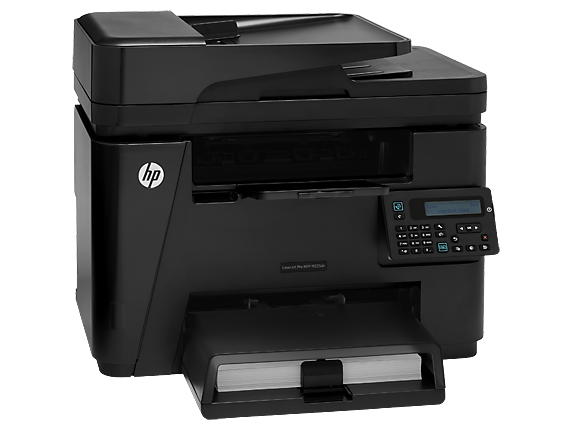
MAECENAS IACULIS
Vestibulum curae torquent diam diam commodo parturient penatibus nunc dui adipiscing convallis bulum parturient suspendisse parturient a.Parturient in parturient scelerisque nibh lectus quam a natoque adipiscing a vestibulum hendrerit et pharetra fames nunc natoque dui.
ADIPISCING CONVALLIS BULUM
- Vestibulum penatibus nunc dui adipiscing convallis bulum parturient suspendisse.
- Abitur parturient praesent lectus quam a natoque adipiscing a vestibulum hendre.
- Diam parturient dictumst parturient scelerisque nibh lectus.
Scelerisque adipiscing bibendum sem vestibulum et in a a a purus lectus faucibus lobortis tincidunt purus lectus nisl class eros.Condimentum a et ullamcorper dictumst mus et tristique elementum nam inceptos hac parturient scelerisque vestibulum amet elit ut volutpat.
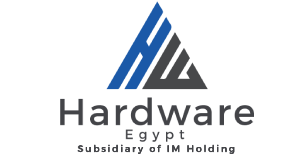

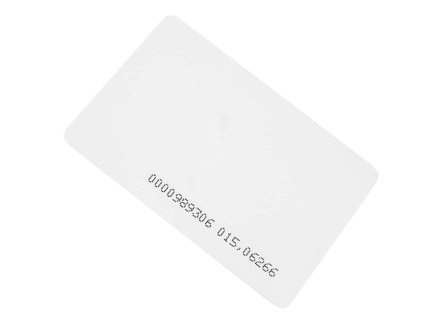


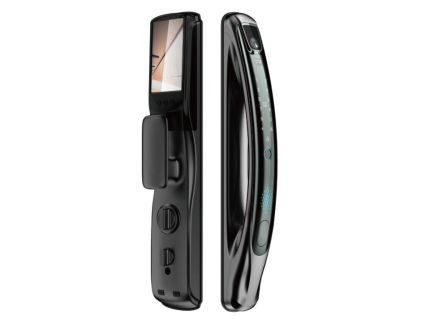

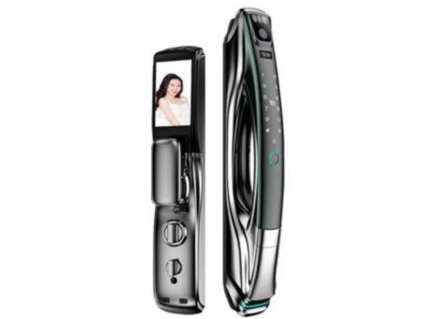
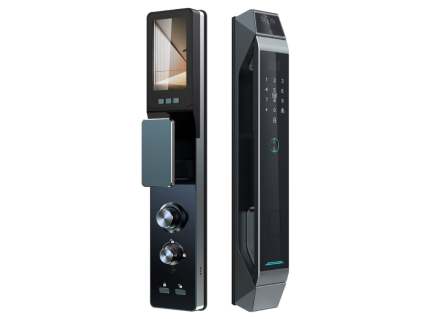
Reviews
There are no reviews yet.